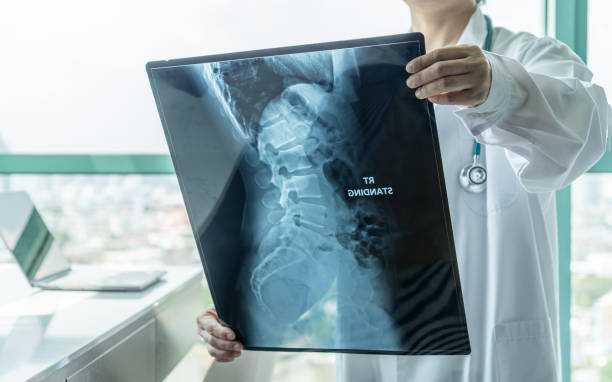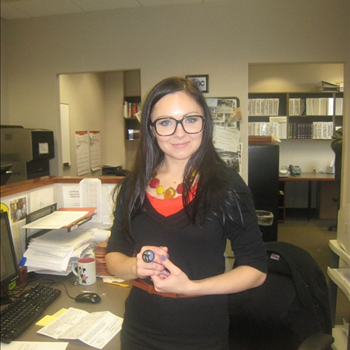Right Now
Scoliosis Surgery Myths & Facts: What You Need to Know Before Saying Yes

When most people hear “scoliosis surgery,” their brains conjure images straight out of a medical drama: giant scary screws, weeks of immobility, and a future of creaking like a rusty door hinge. No wonder myths about the procedure spread faster than TikTok dance trends. But here’s the thing—many of those myths are about as accurate as saying eating crusts makes your hair curly. So, let’s put the myths to rest and separate spine fiction from spine fact.
Myth #1: “I’ll never be able to bend again.”
Fact: Yes, scoliosis surgery uses rods to straighten your spine, but no, you won’t walk around like a stiff robot forever. The surgery usually affects a portion of your spine, not the whole thing. Most people still bend, twist, and even do yoga afterward (though maybe skip the circus-level backflips for a while). Flexibility changes, but life doesn’t freeze.
Myth #2: “Recovery takes forever, and I’ll never be the same.”
Fact: Recovery does take time—usually a few months—but it’s not an endless saga of bed rest. Most patients are up and walking within days after surgery. Sure, you’ll move slower than a grandma with grocery bags at first, but with proper care and physical therapy, you’ll feel stronger, taller, and straighter than before. Many patients actually feel more like themselves than they have in years, because pain and posture problems ease dramatically.
Myth #3: “The surgery is only for super severe cases.”
Fact: While scoliosis surgery is often recommended for curves above a certain degree, it’s not just about the numbers. Pain, lung function, and quality of life all play a role. A skilled scoliosis surgeon considers the full picture, not just X-rays. So if your spine feels like it’s auditioning for the letter “S,” surgery might be a sensible option—even if your curve isn’t textbook extreme.
Myth #4: “I’ll look weird with metal in my back.”
Fact: Nobody’s going to see your rods unless you star in a superhero X-ray comic. On the outside, scoliosis surgery usually improves posture and balance, making you look straighter and sometimes even taller. Bonus: your friends might suddenly ask if you’ve been “working out.” You don’t have to tell them your gym was an operating room.
Myth #5: “I’ll set off airport security every time I travel.”
Fact: Nope. Your rods are typically made of titanium, which is highly unlikely to trigger alarms. You’ll pass through security like everyone else, without needing to flash your scar as “proof.” If anything, the only thing slowing you down at the airport will be the duty-free chocolate section.
Myth #6: “It’s going to hurt forever.”
Fact: Pain is part of recovery, yes—but it’s temporary. Most people describe the pain as tough but manageable with medication and support. Long-term, patients often report less pain than before surgery because the pressure and uneven strain on muscles and joints get corrected. It’s the classic case of short-term discomfort for long-term relief.
Myth #7: “Any surgeon can do it.”
Fact: Choosing the right scoliosis surgeon matters—a lot. Now is not the time to search for "random spine guy" on Google and take a chance. Surgery for scoliosis is complicated, and the surgeon's skill greatly influences the result. Before looking further into reviews, credentials, and success stories, many people begin their search by putting in "scoliosis surgeon near me." Locating a scoliosis specialist guarantees that your spine project will be handled with attention and that you are not just another instance.
The Bottom Line
Scoliosis surgery isn’t the monster it’s often made out to be. Yes, it’s major surgery, and yes, recovery takes effort, but the results often mean less pain, better posture, and a quality of life upgrade. Myths may be entertaining to swap at family dinners, but the facts prove that life after surgery can be surprisingly normal—and even better than before.
So before you say “yes,” skip the urban legends and talk to a trusted scoliosis surgeon. Because your spine deserves facts, not fiction.
More Posts



















Map
Amelia Grant
Get DirectionsAmelia Grant
-
31-57 37th St
Long Island City, New York 11103
United States - 6462709836
Report This Post
Please complete the following requested information to flag this post and report abuse, or offensive content. Your report will be reviewed within 24 hours. We will take appropriate action as described in Findit terms of use.


